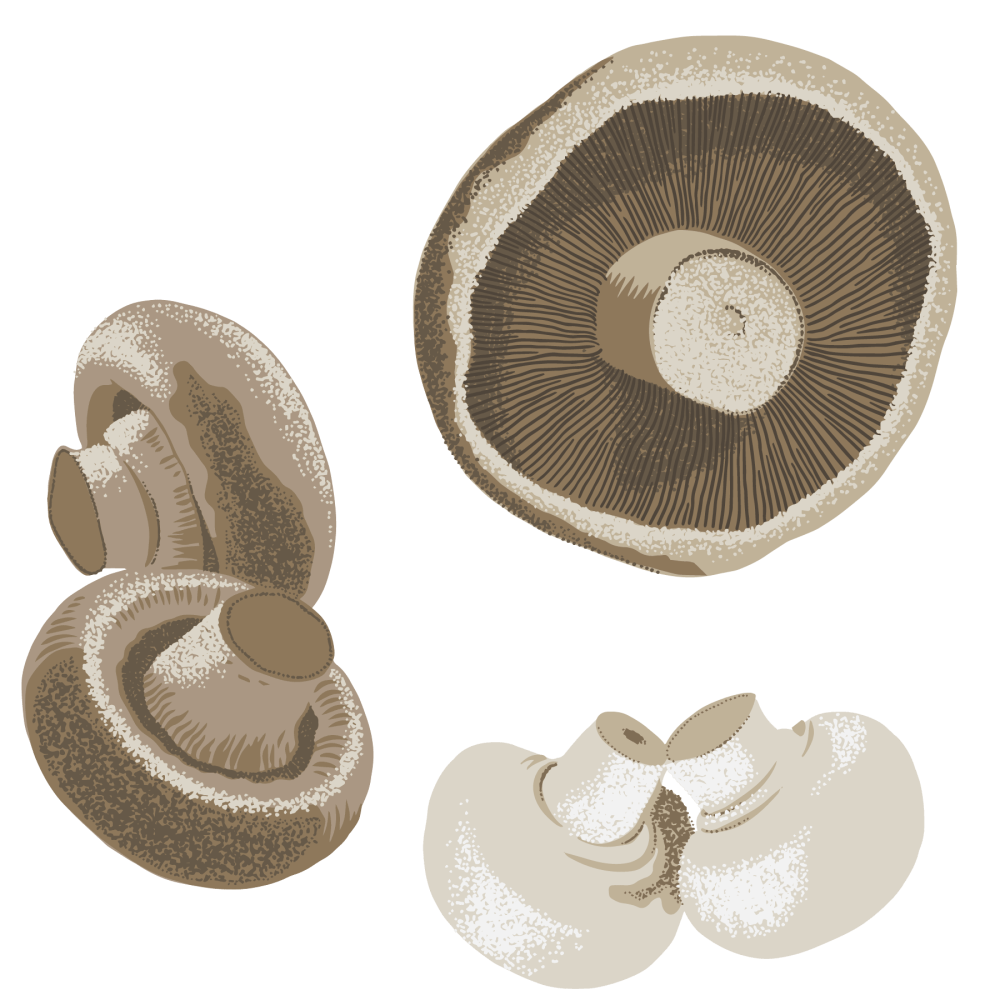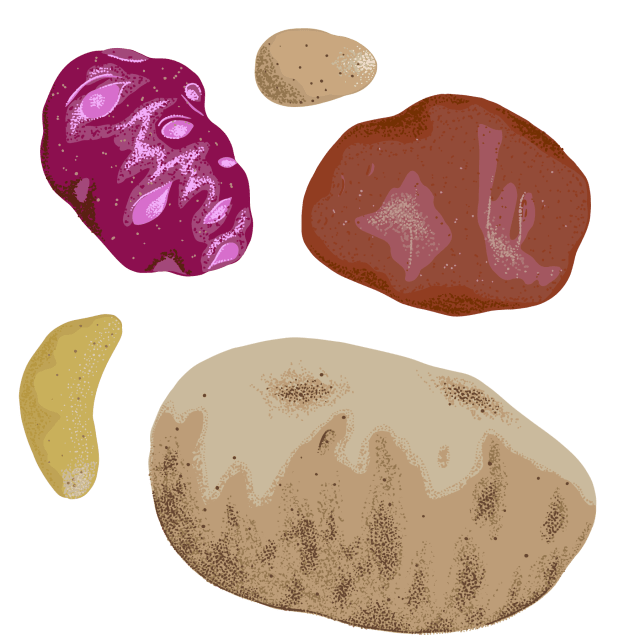Button Mushroom

Latin name: Agaricus bisporus
Other names: champignon de Paris, table mushrooms, common mushrooms
Uses: fresh, dried
What are button mushrooms?
The button mushroom is essentially the same species as the more gourmet cremini (darker) and portobello (older).
Why are button mushrooms healthy?
Mushrooms are a good source of vitamin B complexes (B2, B3, and B5), vitamin D2, and minerals like selenium, potassium, and copper. Additionally, they contain beneficial compounds like triterpenoids, natural antibiotics, glycoproteins, and enzymes that can optimise gut and cardiovascular health and may have protective effects against fatigue, cancerous growth, and metabolic disorders.
What do button mushrooms taste like?
While all mushrooms are high in umami, button mushrooms are predominantly earthy. Mild tasting and firm in their raw form — making them ideal for a mushroom novice — they become succulent, soft, and more intensely flavored when cooked, developing a distinct sweet-savory note from browning.
How do I use button mushrooms?
Culinarily interchangeable, button and cremini mushrooms are versatile and packed with flavor. When you cook button mushrooms, they release a lot of water, so the trick is to use high heat and give them plenty of room. Don’t overcrowd them in a pan or in the oven, and remember that caramelization — which happens after the liquid has evaporated — is key to bringing out the best taste.
What do button mushrooms pair well with?
Sautéed, grilled, roasted, in soups, or on pizzas, mushrooms add an irresistible umami to countless dishes. They’re great for kebabs, for stuffing, and can be ground up for dips and sauces. Raw, they’ll enhance a platter of crudités, and shaved thinly they dress up a salad. Whole portobello caps can be grilled or griddled as a delicious vegetarian burger alternative. Mushrooms positively adore garlic, herbs, butter, and wine.
Where do button mushrooms grow?
Found around the world in fields and grassy areas after rainfall, button mushrooms were first commercially cultivated in Paris in the early 18th century, an innovation documented by the French botanist Joseph Pitton de Tournefort in 1707.
The white button mushroom variant (as opposed to the brown cremini) was discovered in 1925 at the Keystone Mushroom Farm in Coatesville, Pennsylvania. Today more than half of the mushrooms grown in the United States are still grown in the state and the button mushroom accounts for the vast majority of all mushrooms sold in the country.
How to buy button mushrooms:
They’re easy to find in most markets. Look for firm specimens that aren’t slimy or discolored.
Fun button mushroom fact:
The genetic composition of mushrooms is closer to humans than it is to plants.






